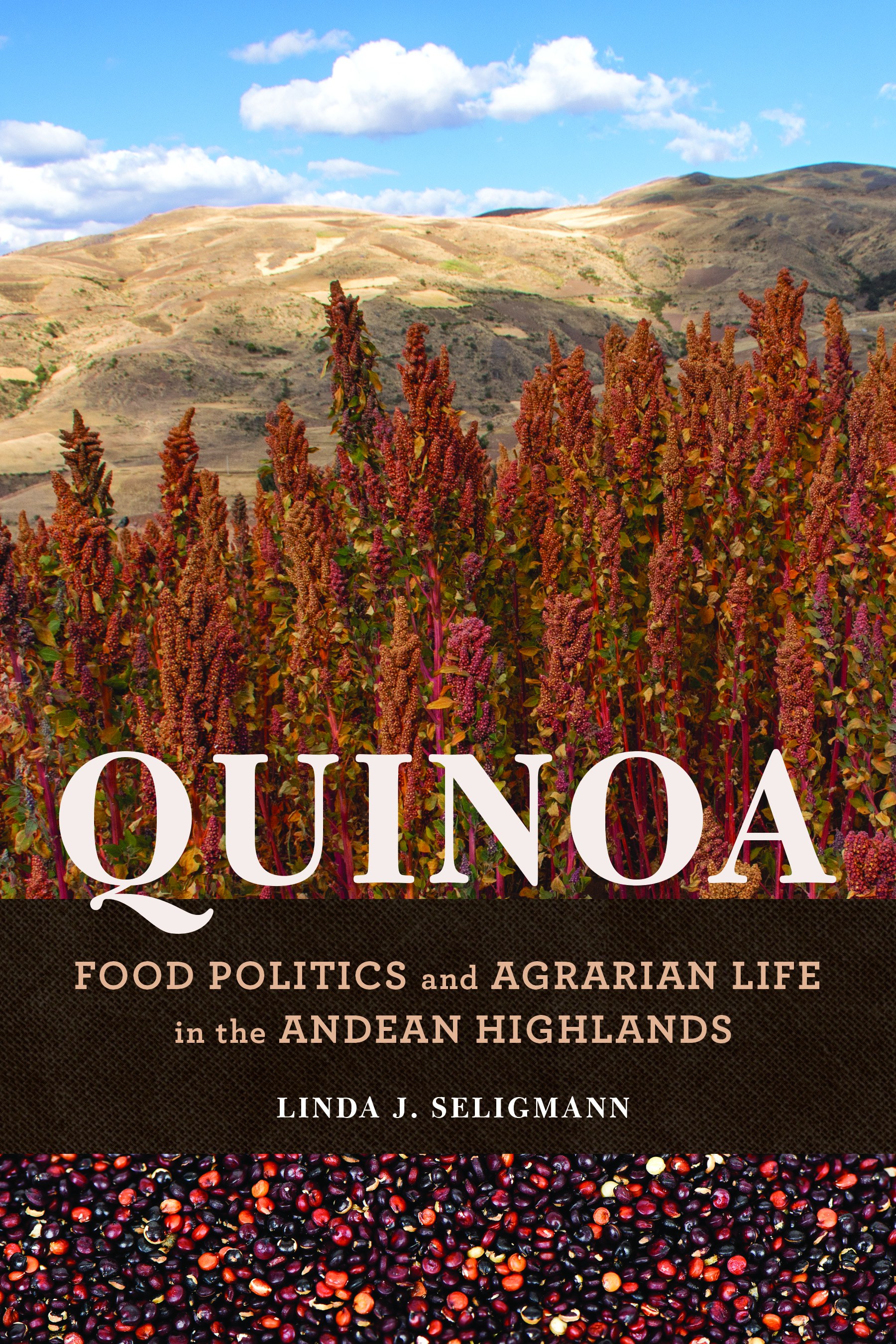Quinoa first appeared on the scene in the U.S. in the early aughts. A gluten-free grain packed with protein, its popularity grew and quinoa-based products began flooding supermarkets.
On the other side of that supply chain, Andean farmworkers in Peru, who had tended quinoa crops for centuries, faced challenges as exportation scaled up. Sociocultural anthropologist Linda J. Seligmann describes a myriad of problems. Because the surge in demand for quinoa occurred so suddenly, the effort to grow and market the grain on a large scale created a "boom bust" in Peru's economy. Although there are many varieties of quinoa that have been adapted to all types of micro-environments, global demand focused only on particular types of quinoa, impacting availability and consumption within Peru.
Seligmann explains that in Indigenous communities, different varieties of quinoa are grown for different purposes, including soups and beer. People are acutely aware not to mix the varieties. But in the West, aesthetics take precedence and different colors and varieties are mixed.
Seligmann explains how the super grain's surge in popularity disrupted Andean communities in "Quinoa: Food Politics and Agrarian Life in the Andean Highlands."

Traditional methods of growing the super food are examined in "Quinoa: Food Politics and Agrarian Life in the Andean Highlands." Photo courtesy of the University of Illinois Press.
